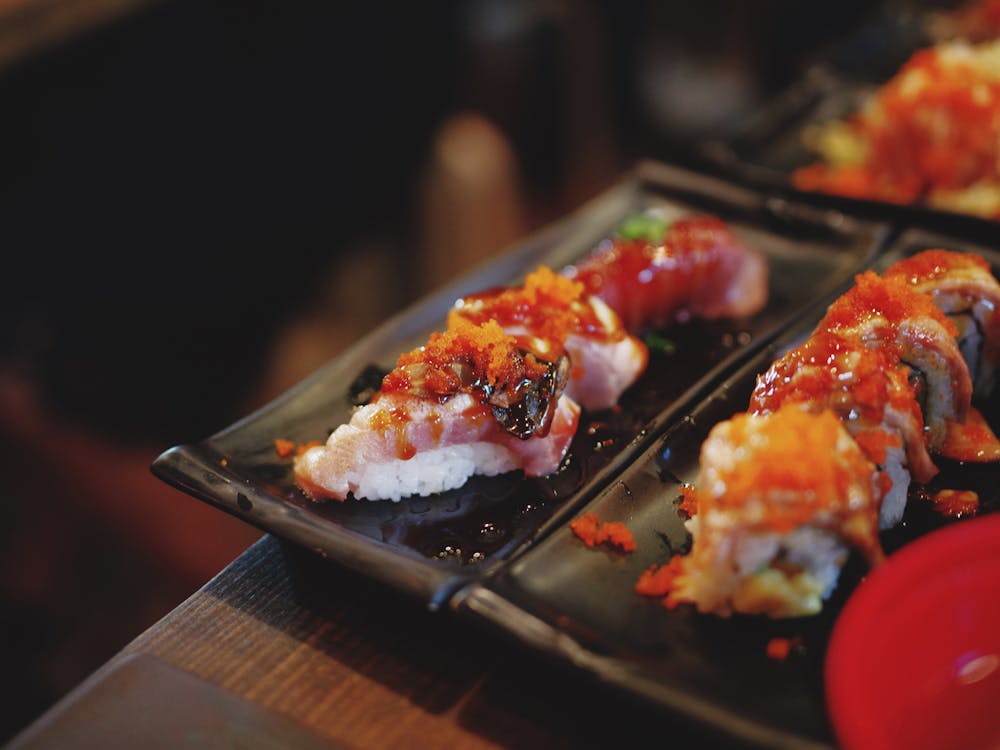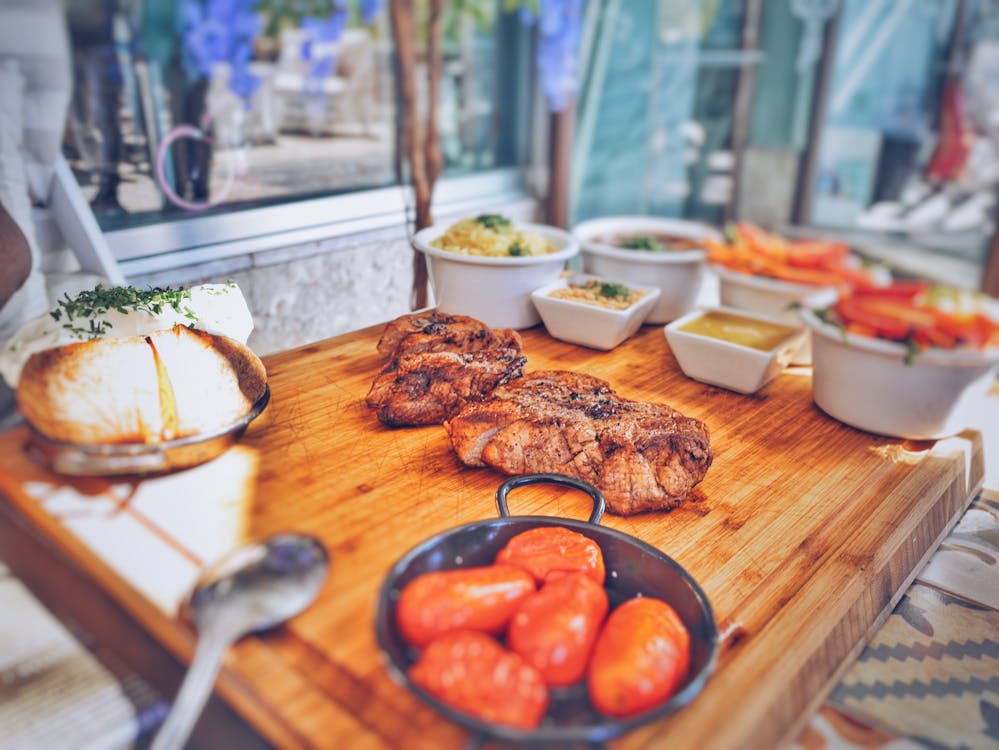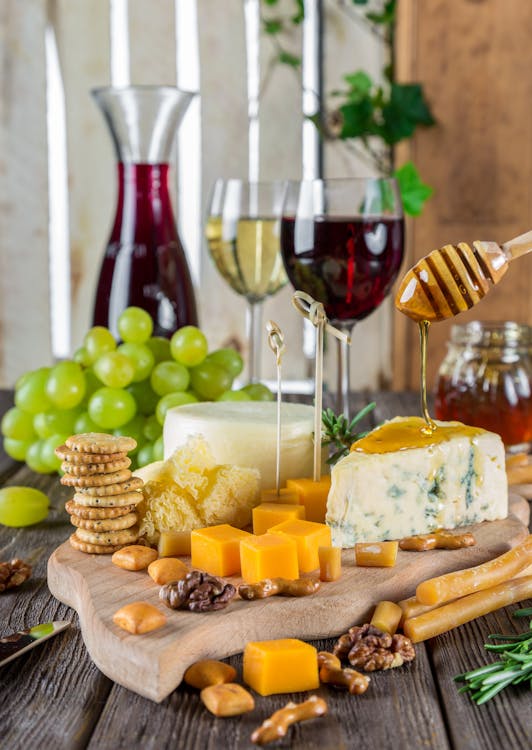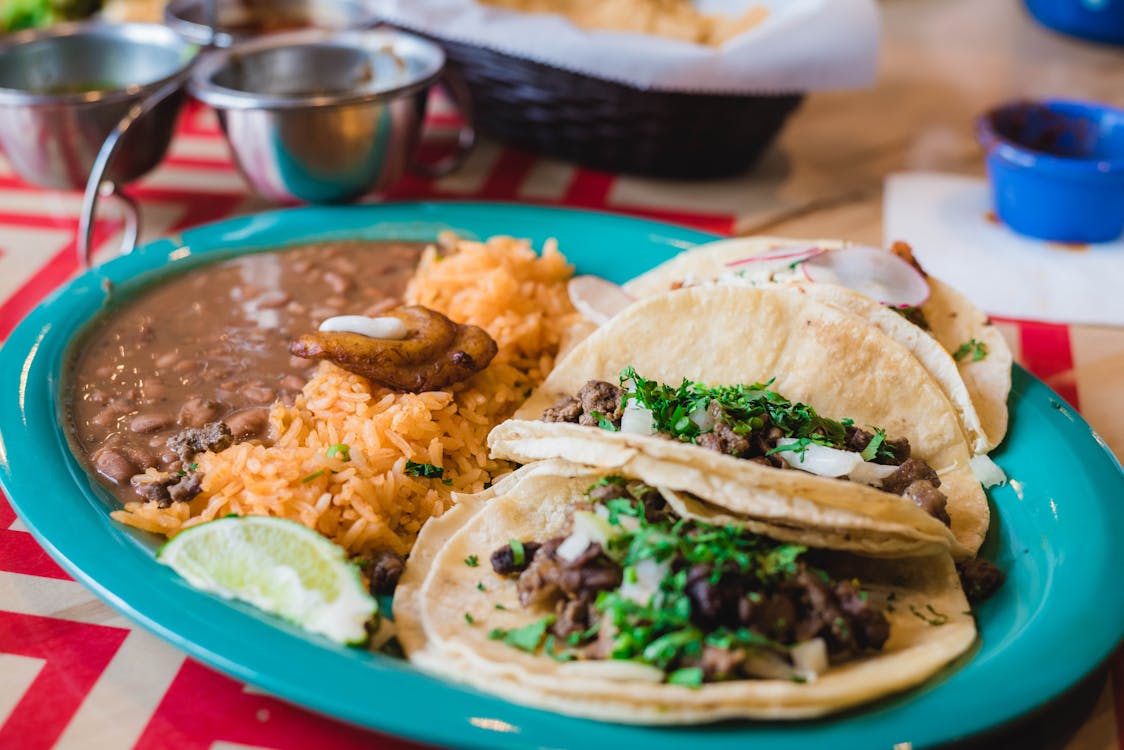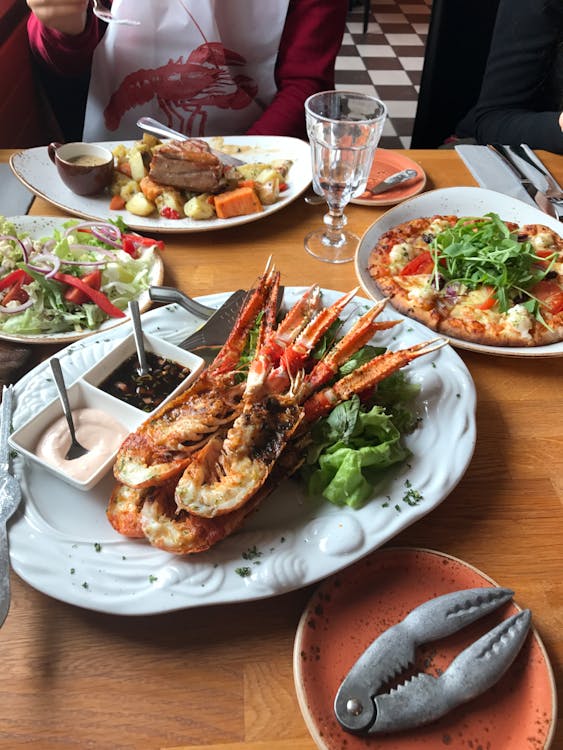When you think of wine in Europe, Tuscany or Bordeaux probably come to mind. Europe’s renowned wine regions, including Bordeaux, Tuscany, and Rioja, attract millions of visitors each year. But what if you could sip world-class wine without the tour buses and selfie sticks? Secluded wineries offer authenticity, intimacy, and a taste of local life.
In this guide, we’ll review five hidden wine regions in Europe where vineyard views stretch untouched, traditional cellars, and tasting rooms feel like a cozy home. These destinations deliver all the charm and flavor without the crowds. Whether you’re a seasoned wine traveler or a curious sipper, these gems promise rich wines, warm hospitality, and unforgettable local experiences.
Ready to trade the tourist trails for terraced hills and quiet cellar doors? Let’s go where the real magic is poured.
1. Istria, Croatia
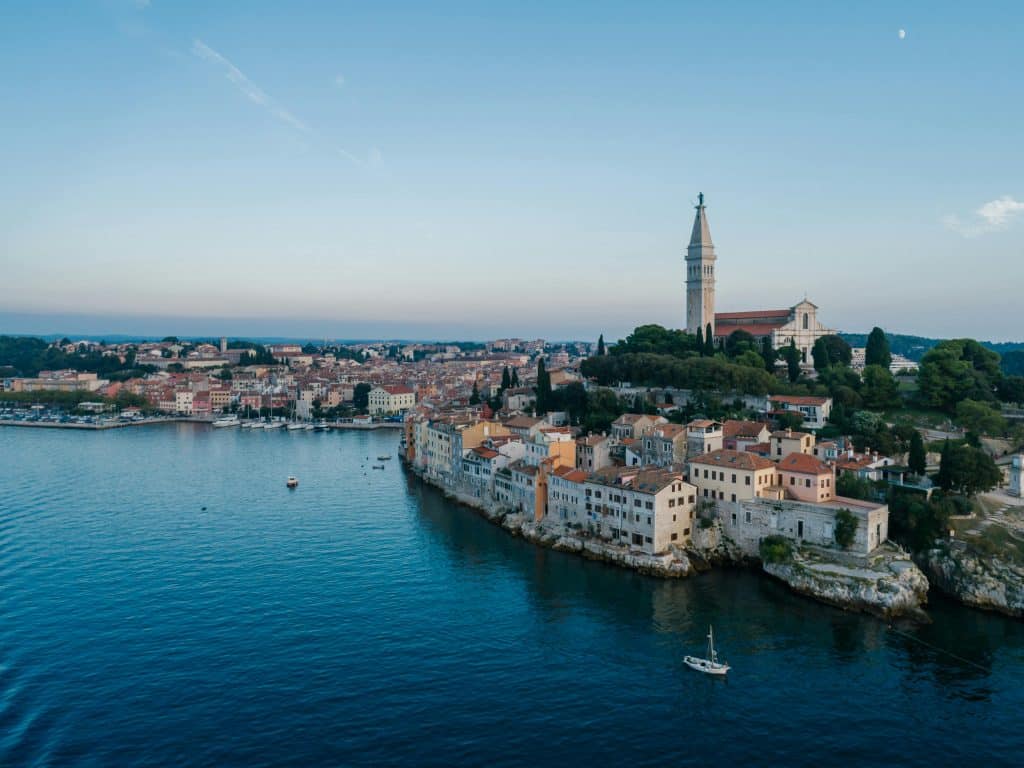
Istria, known for its magnificent food, is the largest peninsula within the Adriatic Sea. The peninsula is shared by three countries: Croatia, Slovenia, and Italy, with 90% of its area being part of Croatia.
Why it stands out:
Istria is often compared to Tuscany, but without the crowds. Rolling hills planted with Malvasia and Refošk grapes offer a sensory feast: wild herbs in the air, wine kissed by sea breezes, and culinary traditions grounded in truffles and seafood.
Here you can visit beautiful wineries such as Trapan Winery. This is a gem in Istria, known for its commitment to 100% organic winemaking. This place offers a unique experience for wine lovers. Strolling through the expansive vineyards, surrounded by lush grapevines and enjoying a glass of exquisite a delight that captures the essence of this enchanting region.
What you’ll experience:
- Boutique family-owned wineries with warm welcomes
- Cellars carved from ancient stone
- Tasting flights paired with fresh olive oil and local cheese
Why it beats the crowds: With few guidebook listings and limited tour groups, you’ll explore vineyards in peace and chat directly with winemakers and communities.
2. Alto Douro, Portugal
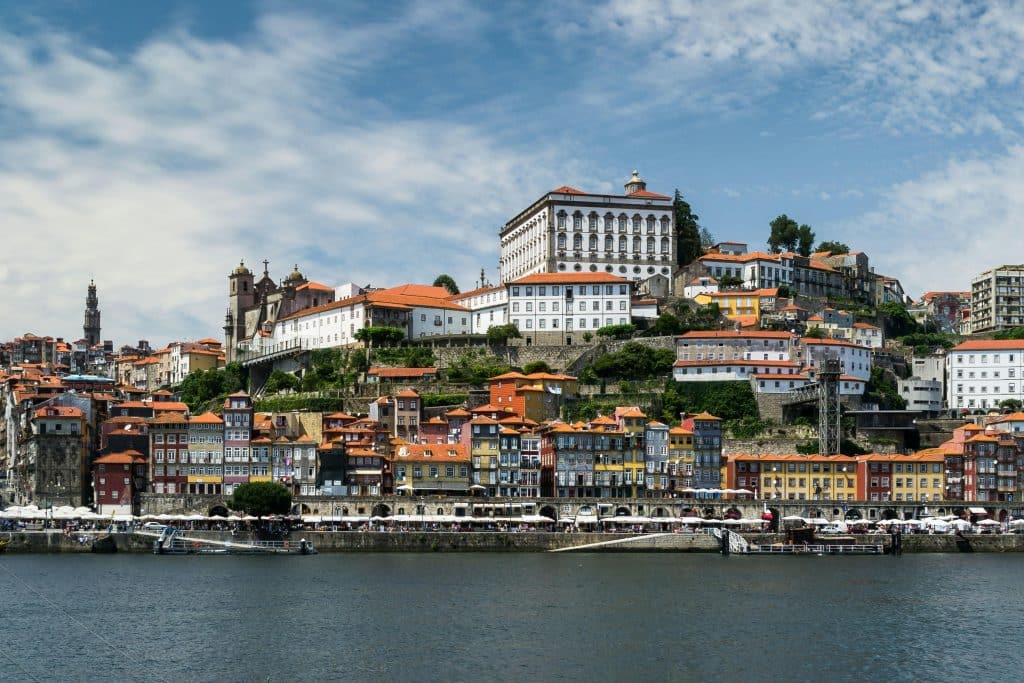
The Alto Douro Wine Region in northern Portugal is one of those places that will take your breath away. This place is recognized as a UNESCO World Heritage site; it’s home to centuries-old vineyards, rolling hills, and some of the most iconic wines in the world. What makes Alto Douro even more special is that it’s one of the oldest officially demarcated wine regions, with over 2,000 years of winemaking history.
Why it stands out:
The world knows Port wine, but the Douro Valley’s dry reds and whites are less discovered abroad. The views of river terraces, sun-warmed stone vineyards, and centuries-old estates.
What you’ll experience:
- Rugged vineyard hikes with stunning river views
- Private tastings in centuries-old cellars
- Farm-to-table meals served alongside your wine
Why it beats the crowds: Many travelers focus on Porto, skip the city, and go upriver. Opportunity to sip wines directly where grapes are grown, away from cruise ship itineraries.
3. Tokaj, Hungary
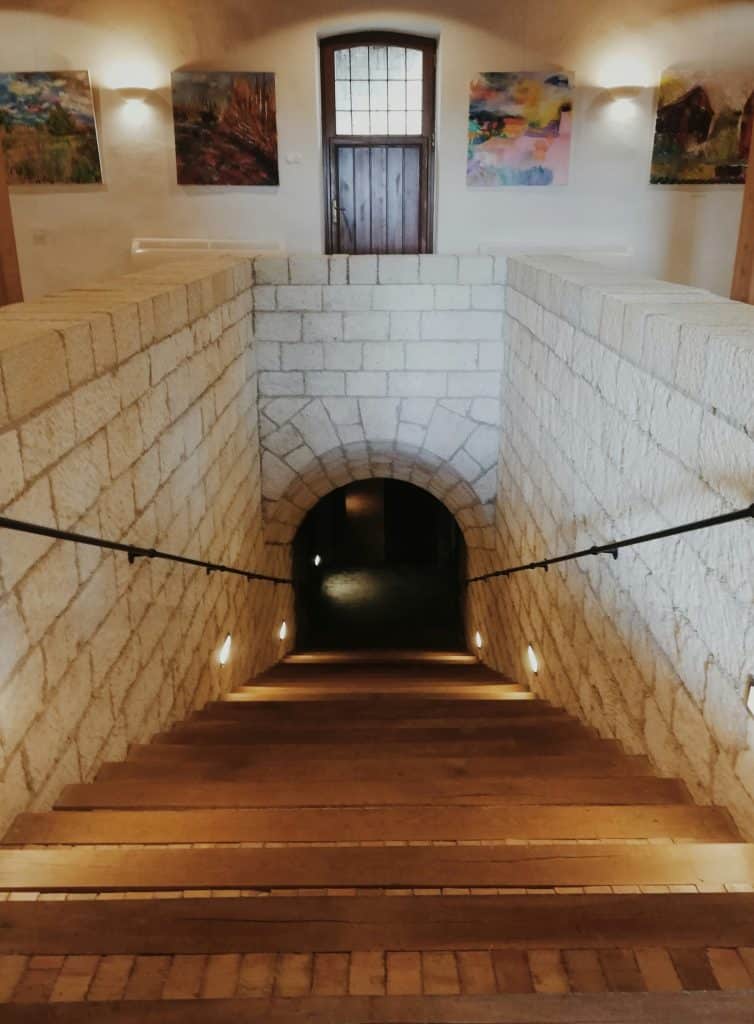
Tokaj is a historical town in northern Hungary. It is the centre of the Tokaj-Hegyalja wine district where Tokaji wine is produced. This place is most famous for its complex sweet wine called Tokaji Aszú. There are more varieties of white wines, ranging from bone-dry Furmint to Tokaji Eszencia, a nectar so decadent that the sugar prevents it from fermenting to more than around 4 percent alcohol. For the sweet wines, the concentration in the botrytized grapes makes a rich, deeply golden colored liquid with flavors that include orange marmalade, hazelnut, bread, dill, citrus, apricot, and honey.
Why it stands out:
Famed for its golden aszú dessert wines, Tokaj offers more: crisp, mineral dry whites and aromatic varietals rarely found outside Hungary. The wine region’s volcanic soils fill every glass with a luminous complexity.
While they visit Disznókő, this place offers the ideal way to discover the rich and complex heritage of Tokaj. Experience the belvedere atop the wild boar rock in the centre of the vineyard, which offers unparalleled views of the Great Plain. There is also a tour that takes you to the terraced vineyards that are part of the UNESCO World Heritage site and the historic cellars where you will try a flight of the estate’s exquisite treasures.
Also, Tokaj Oremus Pincészet where the sweet Aszú wines were first created in the 17th century. Although this place started in 1993 after the fall of Communism in Hungary it continues with age-old traditions with respect for its heritage and the environment. classic sweet wines, the winery produces a selection of dry wines made from the Furmint and Hárslevelü grapes and classic sweet wines.
What you’ll experience:
- Tours through underground cellar systems lined with bottle packed aisles
- Royal level hospitality in historic manor homes turned wine estates
- Crystal clear white wines that taste of apricots and honeyed minerals
Why it beats the crowds: Often overlooked in favor of Western Europe, Tokaj remains both undiscovered and unspoiled.
4. Savoie, France
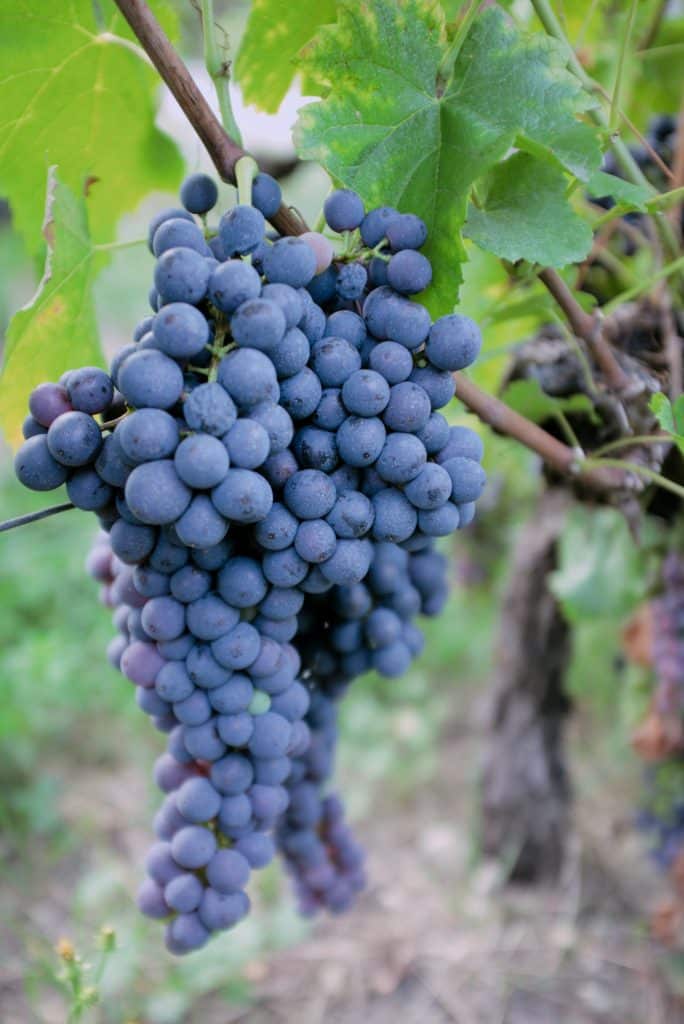
Located in the French Alps, the Savoie wine region is a hidden treasure that more people need to know about. It’s known for its fresh, crisp white wines, which are perfect for alpine air. The vineyards are set on steep slopes in breathtaking pre-alpine terrain, making every sip feel like a journey. What makes Savoie even more special is its focus on natural wines and rare, indigenous grape varieties that you won’t taste anywhere else.
Why it stands out:
Savoie turns heads with crisp, alpine-accented whites and light, aromatic reds. There are several wine tours you can check out while there. Most tours also include wine tasting and introduce you to the French Alps terroirs. Visit Domaine De L’idylle, where they offer several tours that will take you to the mysterious cellar of the estate, which will add a touch of authenticity to your experience. You will be able to discover the entire winemaking process and will have the chance to taste directly from a vat or a barrel, according to your desires and the possibilities offered.
What you’ll experience:
- Ski-resort cellar tours turned vineyard strolls in summer
- Local varietals like Roussanne and Mondeuse
- Cheese and wine pairings featuring raclette, beaufort, and tomme
Why it beats the crowds: Savoie isn’t on the classic Bordeaux-Tuscany track, so you’ll enjoy truly uncrowded tastings and alpine charm.
5. Slovenia’s Vipava Valley
The Vipava Valley in Slovenia is a beautiful and underrated wine region that’s gaining attention for good reason. It’s especially known for its native white grapes like Zelen and Pinela, expressive and full of personality. You’ll also find some outstanding reds here, including Barbera, Merlot, Pinot Noir, and Cabernet Sauvignon. Thanks to its unique microclimate, shaped by both the Adriatic Sea and the nearby Karst Plateau,
Why it stands out:
Under-the-radar and unbelievably scenic, the Vipava Valley serves up fresh whites, bright rosés, and indigenous varietals like Zelen and Pinela. A sunny, breezy valley with rich culinary traditions, it’s a paradise for food and wine lovers.
The Vipava Valley is the kind of place where wine and hospitality go hand in hand. Here, winemakers greet you like an old friend and proudly pour their wines for you to taste right at the source. It’s not just about the wine, though there are family-run farms that serve hearty, homemade dishes, the kind passed down from grandmothers, always paired with the perfect local wine.
One of the most charming traditions is osmica, which is a seasonal open house event where local farms invite you in to taste their wines, homemade food, and regional specialties.
What you’ll experience:
- Hilltop vineyards dotted with medieval castles
- Farm dinners with locals—think homemade dumplings, honey, and herbal liqueurs
- Winery visits that feel like visiting old family friends
Why it beats the crowds: Slovenia is still Europe’s best-kept secret. No tour buses, no waitlists—just generous glasses and slow smiles.
Why Choose Hidden Wine Regions
- Authenticity: You’ll meet real winemakers and learn local traditions firsthand.
- Peace & personalization: Tastings are intimate, not rushed. You ask questions, you linger.
- Value: These regions often offer exceptional quality for less than the big names.
- Discovery: You’ll bring home stories and wines that no one else knows about.
Planning Your Escape: Tips for Wine Tourism
- Book ahead: Contact small wineries in advance to schedule relaxed, private visits.
- Stay local: Choose Agriturismo or family-run inns, they often include meals, wine, and stories.
- Go slow: Schedule 2–3 visits per day, maximum. That way, you truly absorb each place.
- Explore beyond vineyards: Sample local olive oils, cheeses, and cultural sights to round out the trip
Europe’s hidden wine regions offer more than just a glass, you’ll sip history, breathe landscapes, and form genuine connections. By stepping off the tourist track, you discover depth and delight in every vineyard.
Ready to explore the unknown? Keep exploring, keep tasting and indulge every hidden gem.



